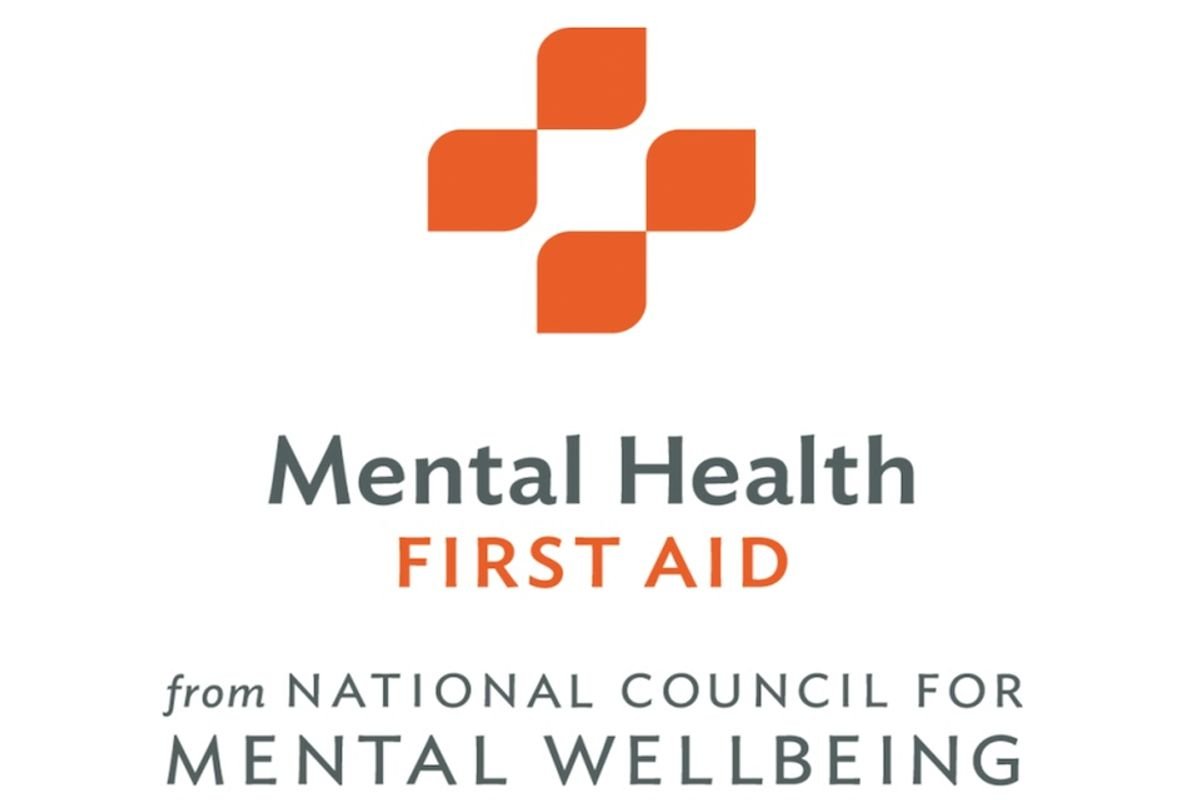In Alabama, the mental health crisis is heavily impacting K-12 education, particularly in Tuscaloosa. Teachers are facing an increasing demand to address the mental health needs of their students alongside traditional academic subjects. This dual role is becoming more challenging as school officials report insufficient funding and resources to meet these urgent needs.
The Tuscaloosa City Schools and Tuscaloosa County School System have seen a significant rise in student mental health issues. Problems such as bullying, food insecurity, homelessness, and family financial struggles are common, affecting students’ ability to focus on learning. Mike Daria, superintendent of Tuscaloosa City Schools, emphasized the importance of addressing these issues: “We can’t teach reading, math, and writing if our students are preoccupied with challenges that distract them from learning.”
Superintendent Keri Johnson from the County School System echoed this sentiment, noting the growing expectations placed on faculty to support students facing these challenges. “Teachers and counselors are required to do more than just teach; they must also provide basic support for students dealing with hunger and inadequate clothing.”
The lack of funding has been a major barrier to addressing these mental health needs. Over the past year, both school systems attempted to pass property tax referendums aimed at increasing funding for public education, but both failed. As a result, budgets for essential services, including mental health support, have been compromised. Johnson stated, “The problem is money. We need dedicated funding from the state for mental health services; without it, we lack the means to provide necessary support.”
Currently, the only state funding available is for a coordinator to oversee mental health services, but this position is not fully covered, leaving local systems to find additional funds. Most mental health services rely on local dollars, which are dwindling. Daria highlighted the tough choices schools must make, stating, “We are at a point where we must prioritize either smaller class sizes or essential social services.”
Despite these challenges, community partnerships have been vital in supporting students. Johnson noted the importance of these collaborations, including programs that provide food, clothing, and other resources. Organizations like United Way and the Neighborhood Bridges program help bridge the gap by connecting families with necessary services.
Daria pointed out that the New Heights Community Resource Center serves as a crucial asset for students and families, offering mental health providers and other support services. The city school system has approximately 11,000 students and employs 13 social workers, while the county system supports around 19,000 students with six social workers. However, due to the limited number of social workers, the demand on teachers and administrators has increased, adding to their stress levels.
Both superintendents acknowledged that while teachers are committed to their students, the lack of training in mental health issues makes it difficult for them to provide adequate support. Daria explained, “Teachers care deeply for their students, but without the necessary resources, they often feel overwhelmed and burned out.”
Parents frequently approach educators for advice on managing their children’s mental health, placing teachers in a difficult position. While both school systems offer training seminars, these do not equip teachers to handle all mental health issues effectively. Daria emphasized the need for additional support, stating, “Teachers have classrooms full of students with diverse needs, and they must prioritize addressing these needs before they can focus on academics.”
There is a clear connection between mental health and academic performance. Daria observed that improvements in academic achievement often follow initiatives that address student mental health. “Misbehavior in the classroom can signal a student’s need for help, and recognizing this is critical for teachers trying to manage their classrooms effectively.”
In an effort to alleviate some of the burden, Tuscaloosa City Schools is exploring programs outside the classroom, such as summer education and after-school initiatives, to help both students and families. Daria and Johnson believe that addressing mental health early can prevent more severe issues later in life, including crime and violence.
Both superintendents are dedicated to providing quality education while also addressing mental health needs, despite the financial constraints. Johnson concluded, “We strive to meet the mental health needs of our students, but we cannot do this alone; it requires a community effort.”
The situation in Tuscaloosa illustrates the pressing need for increased funding and resources to support the mental health of students in schools, as educators continue to adapt to the evolving challenges they face.



